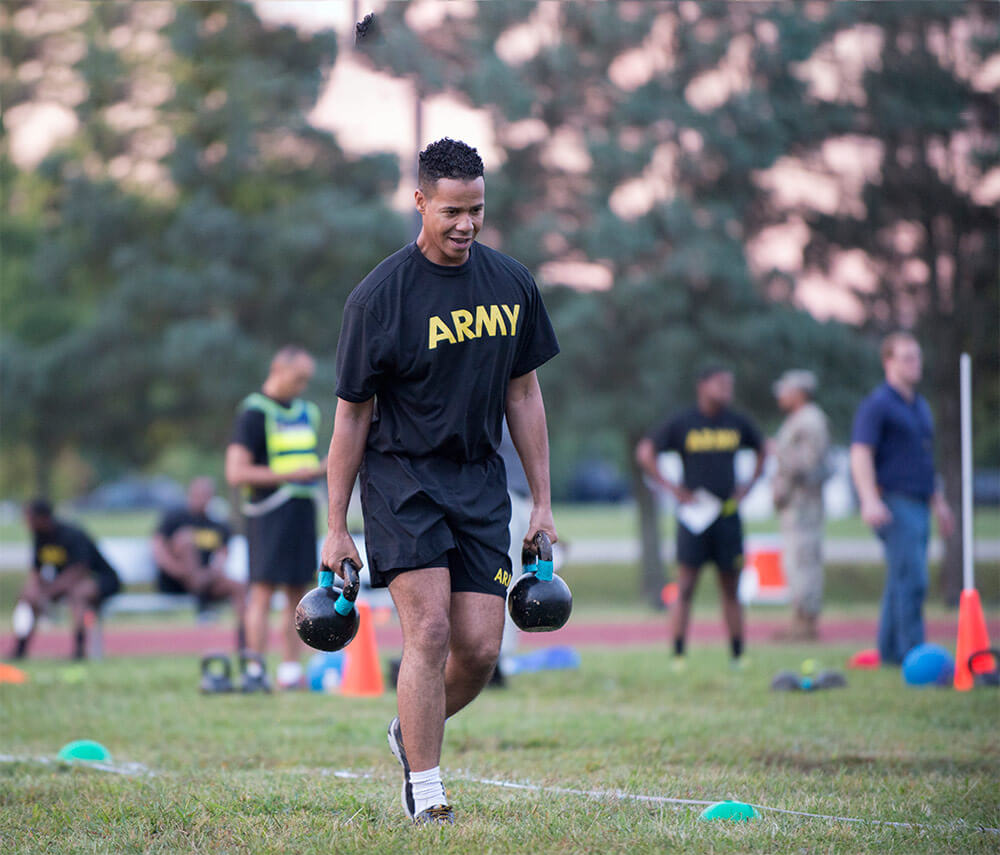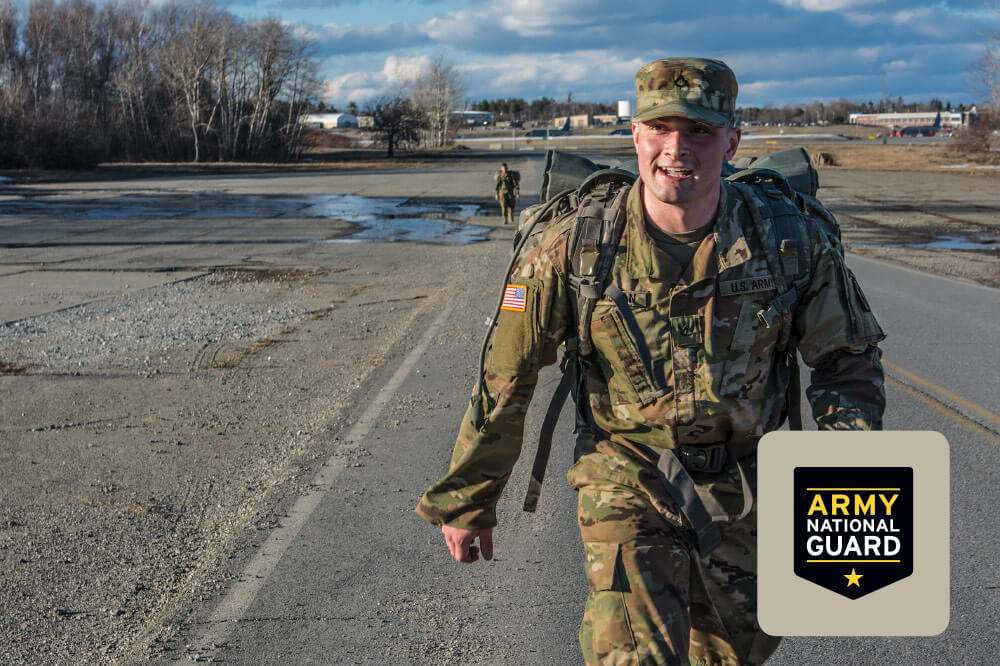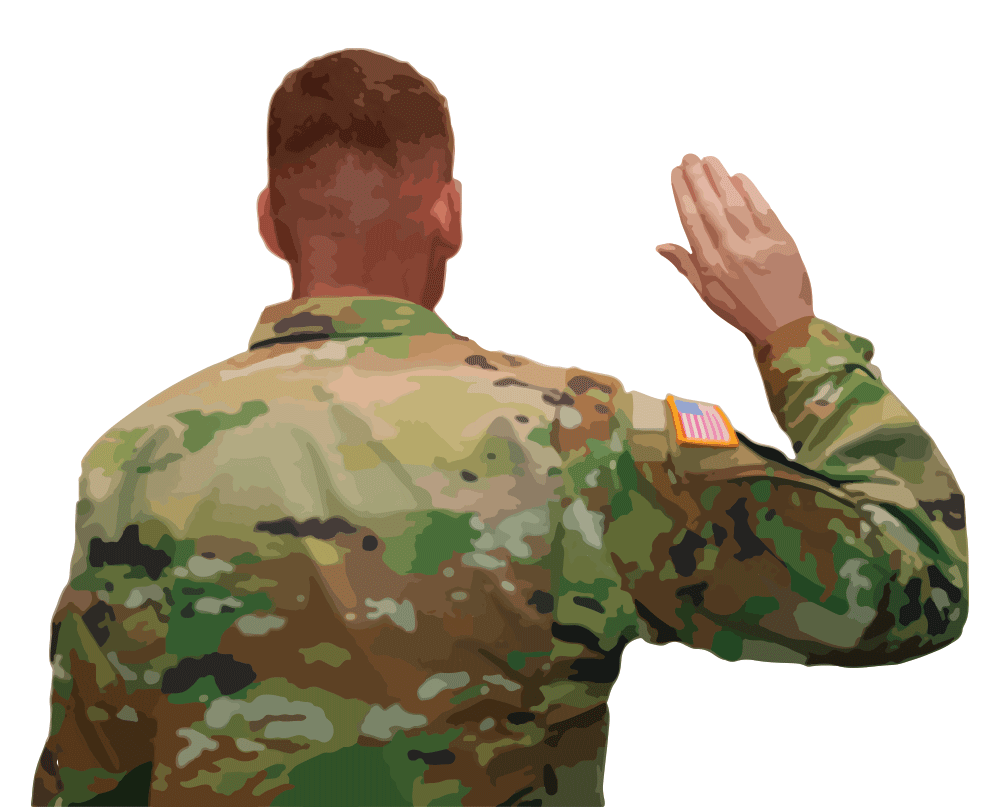The Army Combat Fitness Test
After nearly 40 years of serving as the standard for determining Soldier fitness, the Army Physical Fitness Test (APFT) is being retired. Beginning in October of 2020, all Army Soldiers will be required to take the new gender- and age-neutral Army Combat Fitness Test (ACFT). This six-event readiness assessment will replace the three-event APFT.
ACFT is designed to provide a broader measurement of a Soldier’s physical fitness. MG Malcolm Frost of the Center for Initial Military Training said the ACFT will help determine the level to which a Soldier will be effective in combat. While APFT focused on muscular and aerobic endurance, the ACFT will focus on combat readiness, measuring individual capacity in all areas of fitness including strength, power, speed and agility.
The overhaul of the Army’s fitness test comes on the heels of the 2028 Army vision statement, in which Secretary of the Army, Dr. Mark T. Esper, stressed the need for Soldiers to be physically fit and mentally tough in order to fight and win in high-intensity conflict.
The six components of the new physical test are:
- STRENGTH DEADLIFT – The deadlift event is similar to the one found in the Occupational Physical Assessment Test (OPAT) for new recruits. It is meant to assess lower body strength. Soldiers will deadlift between 120 to 420 pounds three times in five minutes. This lift replicates picking up ammunition boxes, a wounded battle buddy, supplies or other heavy equipment.
- STANDING POWER THROW – This event requires tossing a 10-pound ball overhead and backward as far as possible. Three minutes are given for a practice throw. The graded throw must be completed in two minutes. This throw measures the muscular explosive power needed to lift oneself, or a fellow Soldier, over an obstacle or to rapidly move across uneven terrain.
- HAND-RELEASE PUSH-UPS – This test starts with a traditional push-up, then when in the down position, the arms are moved outward like a T and then back in to do another push-up. These push-ups demonstrate a Soldier’s ability to push a vehicle when it is stuck or push away during evasive maneuvers. These alternative push-ups are meant to assess the type of upper body strength needed to push away during evasive maneuvers.
- SPRINT/DRAG/CARRY – In this multi-step dash, Soldiers will have four minutes to complete a sprint, drag a 90-pound sled, run a lateral shuffle, carry two 40-pound kettle bells and then complete a second sprint. Spanning 25 meters, the dash runs five times back and forth and simulates pulling a battle buddy out of harm’s way, moving quickly to take cover, or carrying ammunition to a fighting position or vehicle.
- LEG TUCK – Similar to a pull-up, in this event Soldiers will lift their knees up to their elbows as many times as possible in two minutes. This test measures core muscle strength.
- 2-MILE RUN – The single holdover from the APFT, the format of the 2-mile run remains unchanged.
According to MG Frost, Soldiers will continue to wear physical training uniforms, rather than combat uniforms or body armor as had been proposed in the past. The time requirement will be a maximum of 50 minutes and minimum scoring ranks will be military occupational specialty (MOS)-dependent.
Unlike the APFT, the ACFT includes no plan for alternate events. Soldiers may be evaluated for disability on an individual basis.
To help units prepare for the ACFT, the Army is developing a certification and training program for all graders – specifically for Master Fitness Trainers (MFTs). MFTs will aid unit leadership in minimizing and mitigating Soldier injury during the transition period.
By STAFF WRITER Ruth Ann Replogle



